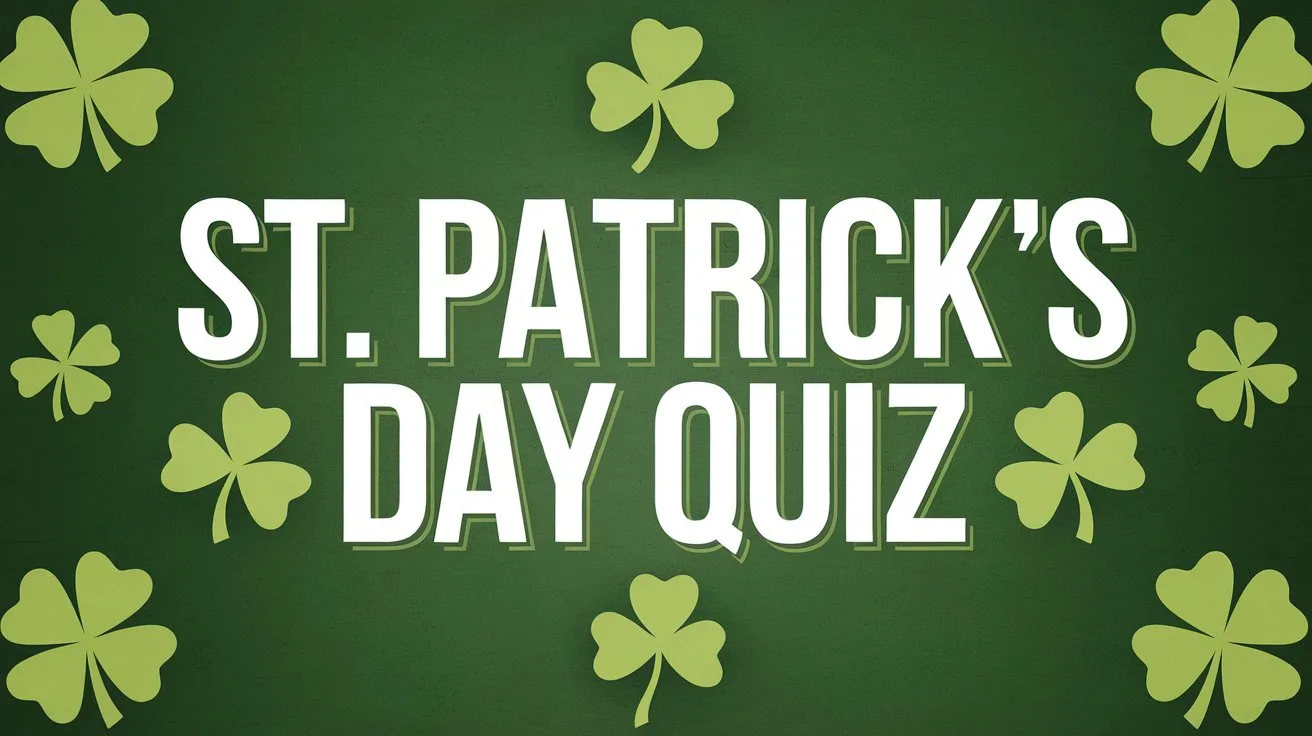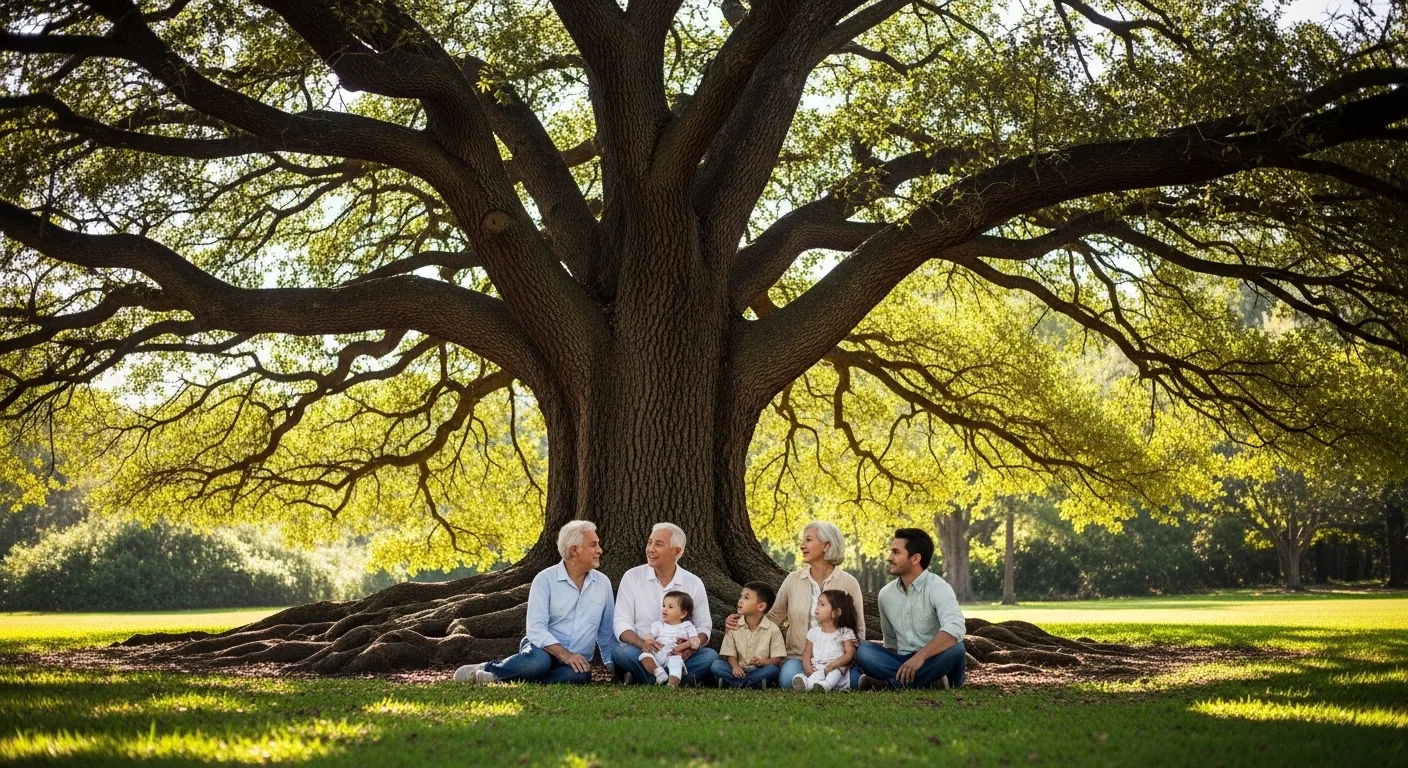St. Patrick's Day, celebrated annually on March 17, is a festive holiday commemorating St. Patrick, the patron saint of Ireland. While originally a religious observance, the holiday has evolved into a global celebration of Irish culture, heritage, and pride, enjoyed by millions worldwide.
Origins and History
St. Patrick's Day honors Saint Patrick, who is credited with introducing Christianity to Ireland in the 5th century. Born in Roman Britain, Patrick was captured as a teenager and brought to Ireland as a slave. He later escaped, only to return years later as a missionary, ultimately becoming a symbol of Irish Christianity.
Legend famously attributes to St. Patrick the act of driving snakes out of Ireland—symbolizing the banishment of pagan beliefs. Though historically debated, this story has become a colorful part of the St. Patrick mythology.
March 17, the date of Patrick’s death, was first observed in Ireland as a religious feast day during the early 17th century. Over time, particularly due to Irish immigration, celebrations spread beyond Ireland to become prominent worldwide.
Symbols and Traditions
Wearing Green
Perhaps the most iconic tradition associated with St. Patrick’s Day is wearing green. Originally tied to Irish nationalism and the green shamrock—a three-leafed clover said to have been used by Patrick to illustrate the Holy Trinity—the color green symbolizes Ireland’s lush landscapes and identity. It’s customary for celebrants to don green clothing, accessories, or shamrocks on this day.
Parades and Festivities
From Dublin to New York, parades are central to St. Patrick’s Day celebrations. New York City hosts one of the largest and oldest St. Patrick’s Day parades, attracting millions each year. These parades often feature traditional Irish music, dance, marching bands, and vibrant displays of cultural pride.
Irish Cuisine and Drinks
Food and drink play an essential role in St. Patrick’s Day celebrations. Traditional Irish dishes like corned beef and cabbage, Irish soda bread, shepherd’s pie, and hearty stews are common. The day is also famously associated with enjoying Irish beers like Guinness or Irish whiskey, often raising a toast with friends and family.
Shamrocks and Leprechauns
The shamrock remains a beloved symbol of the holiday, while leprechauns—mythical Irish fairies—appear frequently as playful symbols of Irish folklore. According to legend, leprechauns hide pots of gold at the ends of rainbows, adding a whimsical touch to the festivities.
St. Patrick’s Day Around the World
Though deeply rooted in Irish history, St. Patrick’s Day has transcended its origins, becoming a global event. Cities worldwide, including Boston, Chicago (famous for dyeing its river green), Sydney, and Tokyo, participate with their unique takes on Irish celebrations. This global reach highlights the extensive Irish diaspora, reinforcing cultural connections across continents.











